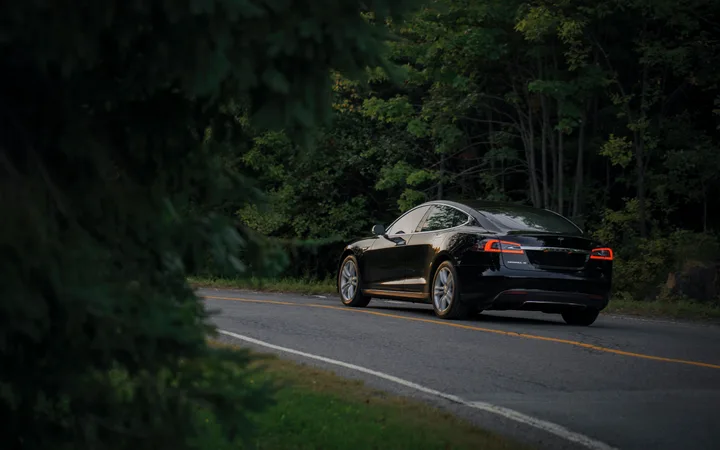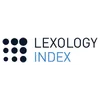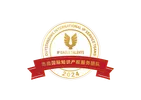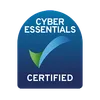Tesla leads the way when it comes to electric vehicle (EV) battery technology — offering the best balance of achievable vehicle travel distance (from a single charge), long-term battery life, charge time and cost. Here, we lift the lid on Tesla’s latest technologies and examine how its patent strategy helps it stay a few miles ahead of the competition…
The battery challenge #
A variety of different battery technologies exist for electric energy but only some are considered suitable for electric and hybrid vehicles, including lead acid, lithium, alkaline and nickel-based batteries like NiMH. Rechargeable lithium-ion batteries have emerged as the primary energy storage medium for vehicles, consumer electronics and stationary energy storage units associated with power grids.
Tesla is continually developing and improving the three fundamental components of the lithium-ion battery cell — the LiCoO2 cathode (or transition metal oxide successor), the carbon anode and the liquid electrolyte (which provides the junction between the two electrodes) — with a view to increasing battery performance, vehicle running distance and battery lifetime.
Despite recent progress, EVs are yet to achieve parity with fossil fuel-powered vehicles. This is down to a number of factors including battery costs and maximum running distance on a single charge. Crucially, these depend on the battery’s ‘energy density’ — to put it simplistically, a high energy density cell material is capable of storing a lot of energy in a relatively small mass/size. As such, a large battery of this material has a lot of energy and can run for a long time to achieve vehicle running distances of over 200 miles on a single charge. The opposite of this would be a power cell or a camera flash that would be required to have a high ‘power density’ to provide a spiked power output without the ability to sustain it.
One approach to Tesla’s battery development is the incorporation of electrolyte additives to mitigate chemical, physical and mechanical problems between the anode, electrode and electrolyte components, such as the growth of ‘dendrites’ and other interfacial degradations. In particular, and like many other research teams in this area, Tesla has acknowledged the major challenge with using conventional electrolytes — their poor reductive stability at the graphite electrode.
Tesla — the game changer? #
Tesla’s latest Model S is reported to be capable of travelling 600km on just one charge. Alongside acceptable charge times and claimed long operational battery lifetime, Tesla may be at the tipping point of providing fully electric vehicles as a practical alternative to those powered by fossil fuels.
So how has Tesla done it? The answers are clear from one of its latest International patent applications (WO 2019/241869 A1).
In this, Tesla acknowledges that it incorporates additives in electrolytes to increase cycle lifetimes. However, it states that all earlier attempts at improved electrolyte systems have failed to identify any synergy, which is key to the optimisation of the electrolyte, the anode and the cathode. Tesla refers to the existing two-, three- and four-additive electrolyte systems that have been tried by other research teams and competitors, but identifies cost, manufacturing difficulties and energy density as considerations that need further work.
Tesla’s solution is to use one or more dioxazolones within their non-aqueous electrolyte. These heterocyclic carbonate-based additives are included at relatively small amounts in the range 0.1 to 6wt%, based on total weight of the electrolyte solution. However, their effectiveness in managing the electrolyte-electrode interfaces appears to be significant and helps to push vehicles beyond the 500-mile marker. Tesla’s patent confirms that internal testing has achieved lithium-ion batteries with 95% retention of initial capacity after 400 cycles between 3-4.3V at a charging rate of C/3 CCV at 40°C.
With Elon Musk recently sharing that the current Model 3 should achieve a total battery lifetime of 300,000 to 500,000 miles, Tesla seems confident that it has achieved a significant step forward in lithium-ion battery tech.
Guilt-free, as charged #
By patenting its technology, Tesla is well-placed to capitalise on its research and development efforts. But is this it? Can we each order a Tesla right now, drive off into the green sunset and back again, powered only by electricity, with charge left over to call at the shops for a nice bottle of Chianti?
The answer could well be yes — though potential stumbling blocks are EV infrastructure and the management of battery waste, if e-vehicles are mass-adopted over the long term. However, if Tesla’s new batteries are capable of long operational lifetimes, then second-life opportunities may have a positive role to play. Certainly, it’s an exciting time in EV development — the age of fossil fuel-free roads may be closer than you think…
Get in touch with us to find out more.





















